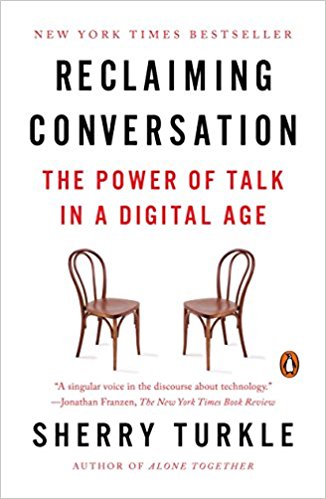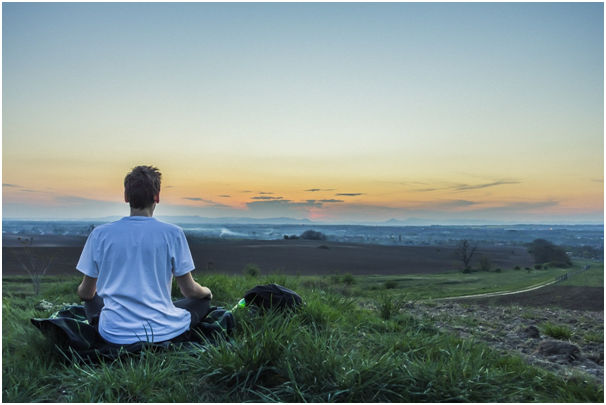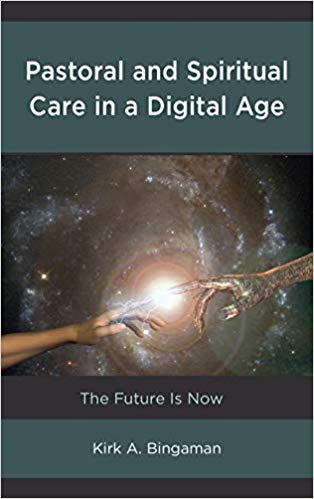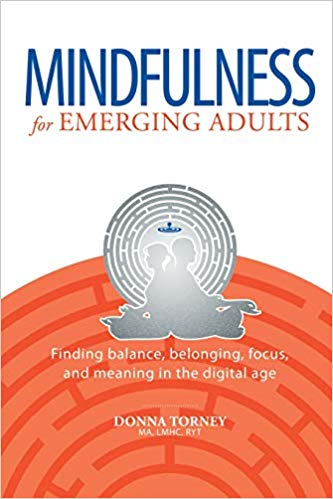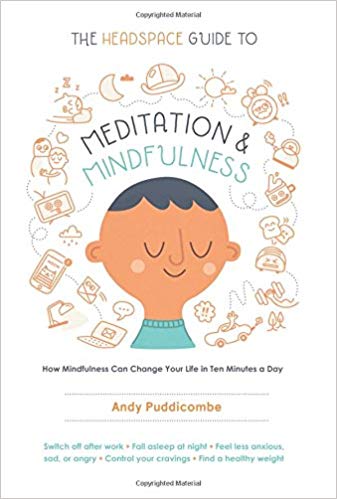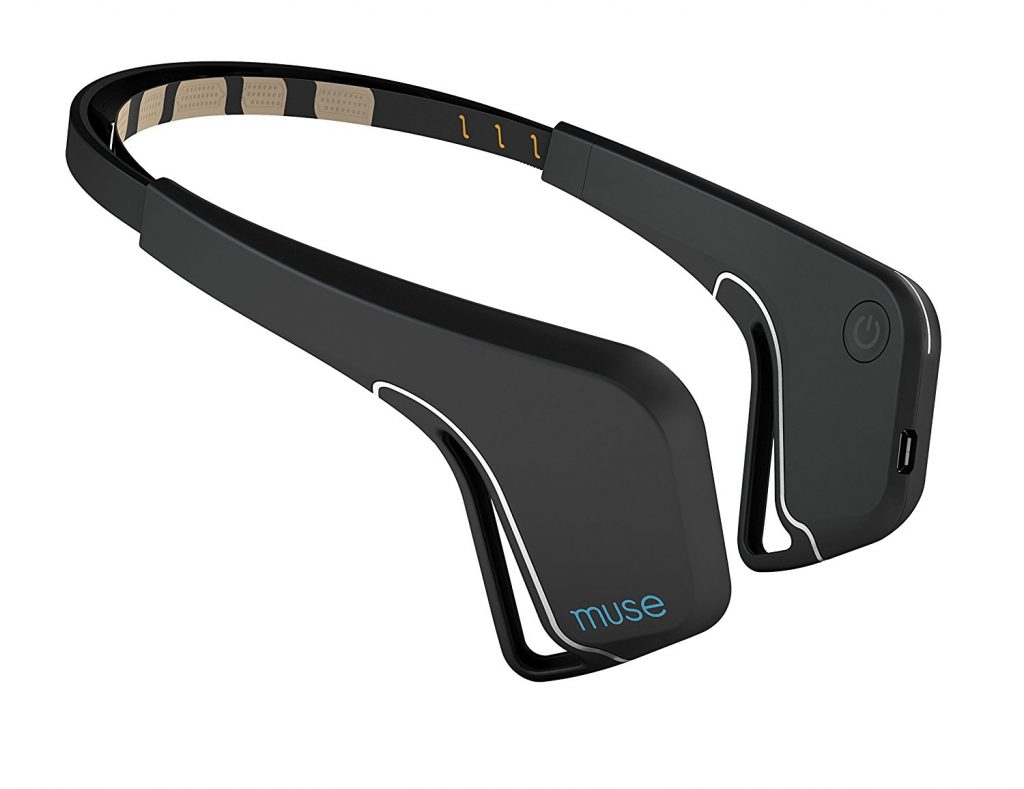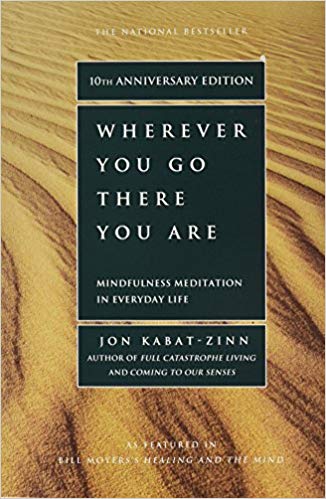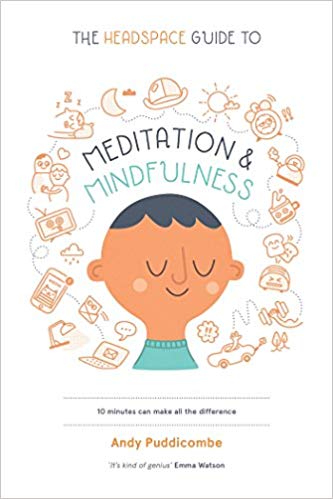Another trendy and much-used word in use today is the word ‘mindfulness’. It can be used to describe many things; mindfulness in yoga, mindfulness in your coloring in activities and mindfulness in the digital age. What is mindfulness today in our modern world? Before we get into the topic of mindfulness in the digital age, we need to understand, and simply too, what mindfulness is all about.
What does mindfulness mean?
Simply put, mindfulness means being aware of what is going on around you in the present moment. It is being aware of how your body is feeling, what you see and observe around you, taste and smell. It is also being aware of what your mind thinks and does. And when you start noticing what is going on around you; really aware of the things going on around you, you start to focus on a deeper level, and you start improving in all areas of your life. This is because your improved focusing helps you to achieve greater things on the sports field, at school, work, and your senses.
You are not distracted from the digital world and its exciting trappings and enticements for the time being, because you have ‘switched off’, through mindfulness, to be able to be in the moment, to focus on the moment’s events and enjoy communicating and connecting with the real physical world, people and things. Being more focused and aware; doesn’t it make sense that you would achieve better results, be it on the sports field, in business or at with your studies? As you become more and more aware of what is going on around you, it even helps you to stay calm in sad, angry and frustrating situations. Being mindful enables you to deal with emotions that are hard to deal with, but it also helps you to deal with the happy emotions and help you feel good.
Where did mindfulness all start?
Even though ‘mindfulness’ is a very trendy word today, the whole concept of mindfulness stems back to centuries ago; originating from the Eastern religions where it has been incorporated and embraced into the Western world.Its roots go back to Buddhism and Hinduism – yoga practitioners will know all about mindfulness because they teach and practice mindfulness in yoga classes. It is argued though, that the history of mindfulness not only has roots in Buddhism and Hinduism but also in Islam, Judaism, and Christianity. There are sources that even consider the word ‘mindfulness’ to come from the Buddhist word, Sati, which means ‘mindfulness’. No matter what tradition or practice of mindfulness you choose, you will be no doubt more interested in how it can be part of and transform your life.
How mindfulness works
Human beings are very reactive – if someone says something to us that we don’t like, we react. We blurt out a defensive retort, often wishing we could take it back. Sometimes we are knocked down by emotional things that happen in our lives and then we take weeks to recover and bounce back. Mindfulness enables us to create spaces between the strong emotions we experience and our actions. In the real world, we need to deal with both the positive and the negative experiences. Practicing mindfulness, we can react calmly and deal with decisions more positively. Paying attention to our feelings and thoughts, we respond more ‘cleverly’. Our own feelings aren’t hurt, and we avoid hurting others as well. When we practice mindfulness, we create more and better emotional balances which mean we aren’t so easily knocked down by our emotions, but if we are, we are able to get back on track again, faster.
Mindfulness gives you the power to choose your responses because in your responses you allow yourself to be free and to grow. You can start practicing mindfulness starting from day one, by adding in moments of being aware and mindful; you will see how beneficial to your life this can be. Before we go onto practicing mindfulness in the digital world, let us look at some of the benefits; good things, that mindfulness can create in your life:
Benefits of mindfulness
- Mindfulness creates space between your emotions and your reactions to them
- Mindfulness helps you focus more
- Mindfulness makes you feel better physically and emotionally
There have been thousands of studies documented around the mental and physical health benefits of being mindful. You are less stressed, you have improved health, you get better sleep, focus and awareness are improved, you are more compassionate and kind, you solve problems better, you control urges better, relationships become stronger and a general all-round life satisfaction.
Studies reveal that if you just practice being mindful for a few weeks, you can enjoy social, physical and psychological benefits. Imagine that – not only in your private life but imagine how the business world would improve if so many people practicing mindfulness. One just needs to bear in mind that although being mindful is a worthwhile habit to pursue with positive results; it is not a silver bullet however that is just going to make problems disappear. Even with practicing mindfulness, you are still going to experience negative feelings, but you can learn to deal with them positively.
Mindfulness in the digital world
Mindfulness even has the ability to make you a better leader in life. It is not surprising that many companies and schools alike are starting to develop initiatives to promote and cultivate mindfulness. You might be asking how on earth is it possible to be mindful when the world is being overtaken by the digital world and there are so many distractions.
People today are super-connected to their phones and digital devices – it is not impossible to find the time to practice mindfulness. But fortunately there are many ways available to be mindful and there are also special tools to help people and companies in this digital world to pursue mindfulness. This might sound a bit crazy, but it is possible to use the very technology that doesn’t have a place for mindfulness, to actually aid in mindfulness! Technology even sounds like it would be a deterrent in trying to be mindful, but it could turn out to be a real ally!
Think about the app, Headspace, as an example. It’s a digital service that offers anyone mindfulness training as well as meditation sessions. You can access it online or via your mobile via the app. In 2016, it was claimed that Headspace had over six million users of the app. This app will help you experience around 10 days of mindful meditation. For novices, there are even guided sessions.You will be taken through the steps of meditation, giving your mind something to focus on.
But if apps aren’t your scene, you can look at programs such as the Mindfulness Project at NYU. Remember that meditation is not the only way to become mindful. Just being mindful of the fact that you can be thankful for so many things can affect your well being positively.
In this very fast-paced and changing-every-day digital world, how is it possible to slow down the constant chatter and noise of the digital world? How do you get yourself away from being on ‘autopilot’ and back into the real world again? Learning to just be you, without the constant stimulation offered by the digital world will allow you to be more present for yourself and others around you. In a digital world, how do you bring yourself back to really experience your life? Try out these simple exercises
1.Take a real walk, mindfully
You can try this out anywhere, any time – do it barefoot, feeling the sensations as you walk. Be aware of your heels touching the ground, and then the balls of the feet. Notice the sensations; be aware of the movements – the sensations of warmth, cold, dry wet, forexample, without judging these experiences.
2. Breathing awareness.
Be aware of your breathing, how you breathe in and out through your nose. Be aware of the parts of your body that are affected by the breathing; take note whether you are breathing in hot or cold air; be conscious of the breaths going in and out of your nostrils.
3. Eating mindfully
Be aware of what you eat or what you drink. Fully take notice of what the food or drink tastes like, the temperatures, the textures – savoring them all. Eat without looking at your phone, the computer or your TV.
4. Have mindful moments
Before starting to work or grabbing your phone, try and pause for just a few seconds. When you need to use your digital devices, try and be mindfully aware of using them. Turn your waiting time into a kind of meditation session; observing your breath’s natural flows.
5. Digital awareness
Try and develop an awareness of how your devices affect you so that you can make adjustments. This could mean turning your phone on silent and not just jumping to attention when messages come in – if they aren’t urgent.
6. Mindful transitioning
When you turn off your electronic devices, or move away from them, close eyes and take in deep breaths, releasing your breaths slowly and deeply, and then inhaling slowly and deeply again. Remember to be aware of your surroundings, tuning in to the world around you, away from digital devices. Are you aware of the birds that sing? Did you hear that car pass by? Unplug from computers being fully aware that you are switching off and don’t try to give in to the urge to get back and ‘in touch’ with the devices. Without any screens around, relax and find other things to do in the day. Embrace real activities, talking and communicating, laughing and being in the moment will help you to feel reintegrated, rejuvenated and whole again.
7. A call to wake up
Whenever you hear the beep of your digital devices, they can be pretty distracting but you can use them to your advantage like the monks in the famous Plum Village in France do. Whenever their bell was rung, they would stop whatever they were doing to take in deep breaths, enjoying the beauty around them and getting into the ‘now’. Before you get involved with your digital demands, stop and take deep breaths too, bringing your consciousness levels back to your body and to your immediate surroundings.
As you can see, mindfulness is living in the now, the present moment. The world does not want it to be like that for you; the world wants you to project yourself into the future, they want to you to respond immediately to the stimuli that bombard people every day and which removes us all from our present surroundings.
Mindfulness is needed to bring us back down to earth
Technology has been created with the whole idea of making things better. Many tasks and activities today are just simply being replaced with automatic equipment. You would think that the more digital the world becomes, that our lives would become easier, better, safer. But this is certainly not the case all the time. Look at what digitization is doing to our memories – humans apparently only have 8 seconds concentration span these days before their minds start to wander. That makes the possibility of human error in the workplace greater than ever – a scary thing to think about! This can cause companies to lose thousands of dollars. The thing is, times and things are changing so rapidly –faster than what the human being can cope with. Because of this, people are becoming nervous, anxious, stressed out, burned out. Humans have no longer got the coping skills to adapt to this digital whirlpool that is swirling bigger and faster, leaving people insufficiently equipped to cope anymore.
There has to be a balance
There are some massive industry giants today, like Volvo, Toyota, General Electric, and more – companies that are incorporating mindfulness at the workplace. They aim to create balance; an environment and culture that assist employees to cope with the fast-paced digital revolution. Two years ago, around 22% of top companies were applying mindfulness techniques through training to their employees. Last year, it was expected to double; no longer just for businesses, but schools, the military, and government are applying mindfulness in an attempt to improve profitability as well.
Are we losing our focus?
The principal of mindfulness is this: move employees from default states of disconnectedness, disillusionment, disruption, and stress to states of focusing, calmness, non-aggressive and safety. With businesses applying mindfulness in the workplace, studies show that there is less absenteeism, fewer employees resigning, less sick leave expenses and higher performance,productivity and focus in the workplace. The more digitalized companies are becoming, the more mindfulness is needed.
Actually, mindfulness is an idea that is centuries-old. It has just been reinvented to face up to and cope with the digital age head-on, to assist with people constantly being distracted. This is why the interest in mindfulness is growing all the time – not surprising that in the last 20 years or so, the Google searches for ‘mindfulness’ has overtaken all other Google searches by four times. There are even mindfulness apps that are becoming pre-installed on tablets and smartphones.
Applying mindfulness in the business world is not just a bed of roses, however. A lot of companies haven’t created environments yet that let them reap the reward of being agile in this accommodation. Many people are simply resistant to change and some older employees who gained their expertise through efficiency and later experience become more close-minded. Aetna, a U.S. health insurance company, has trained 13,000 employees to practice mindfulness, resulting in stress reduction and productivity improvements. They introduced meditation sessions and yoga classes to employees to accomplish this.
Each company can customize their own mindfulness programs to suit employee needs
Many organization shave started instilling mindfulness; starting with just a few small changes in the beginning, such as offering mindfulness courses to the senior leaders. As they adopt mindfulness further, they start experimenting with other types of interventions such as meditation training, leadership training, mindfulness micro-practices, and coaching, etc.When self-awareness, compassion, and self-regulation are taught through mindfulness classes, the psychological root causes of leadership problems are addressed. Take for instance another massive conglomerate, Bosch, who had a 1-year leadership training program where three modules were covered:
- Leading teams
- Leading oneself
- Leading the organization
These all focused on mindfulness and meditation, conscious-communication exercises as well as courses towards helping to avoid multitasking failures. Some organizations are skeptical about mindfulness and its values.Others have been won over as scientific research has been shared with them, inspiring the senior leaders to realize its effectiveness.
Releasing the power
Practicing meditation, observing mindfulness and receiving coaching in mindfulness is allowing companies to unleash positive power for staff, with positive results, not only on individual levels but at organization levels as well. Staff members develop clarity and open-mindedness which enables them to navigate through situations that are unpredictable and unchartered.
Technology today is so powerful that human’s brains are forgetting how to work; they are forgetting what they were created to do. Just think, an average American person consumes around 34 gigabytes of content every day; 100,000 words. To let you understand, just one gigabyte is the same as a symphony or a broadcast movie. We are becoming so addicted that we don’t have much interest in anything else these days. Consuming media be it from watching movies, or surfing the internet,from video games to social media, we are triggering off the brain chemical dopamine which gives us a ‘high’. If the dopamine levels decrease, we straight away need to find ways to restore the high. Without any stimulation, we start feeling bored, looking for diversions to restore the high. Some people claim that this just makes them more productive but research shows the opposite. It shows that those who multitask so heavily have trouble with focusing, they have more stress.You would be surprised at how kids today are affected by all this technology.
Conclusion
Today, it is too late to purge our lives of all the digital electronic devices – it is impossible now to roll back time. But our goal can be to take control again of our lives and how we use the devices. Ask yourself this question: Are digital devices controlling your life or are you controlling them?
Each person has to calibrate their own connectedness, which will be different and difficult for each person – It’s up to you.What did Gertrude Stein, the novelist, and poet say? “Everybody gets so much information all day long that they lose their common sense”It’s no wonder schools and organizations are desperately trying to install the concept of mindfulness – before senseless human beings get taken over by machines!
Best Mindfulness Meditation Guides





